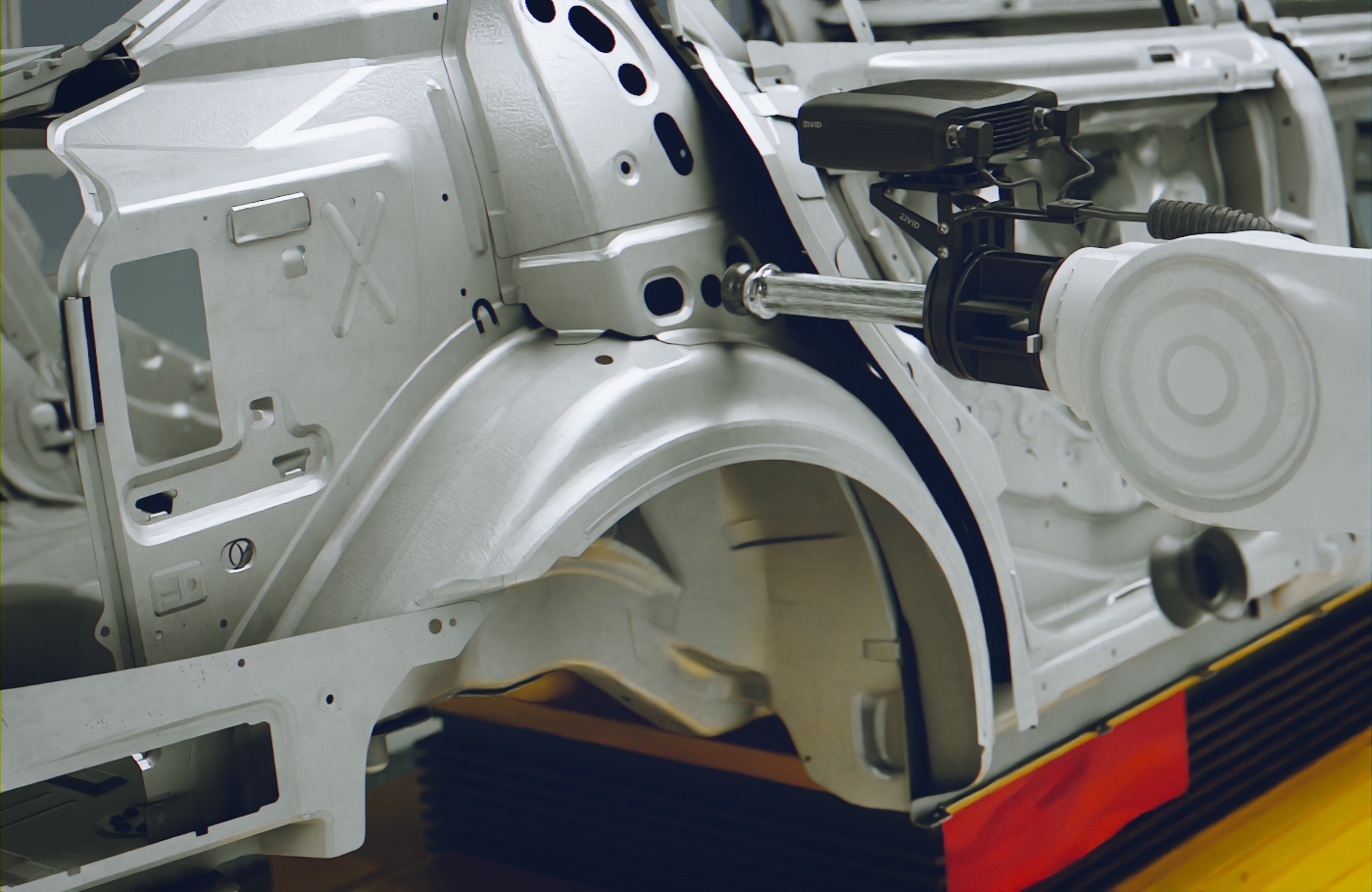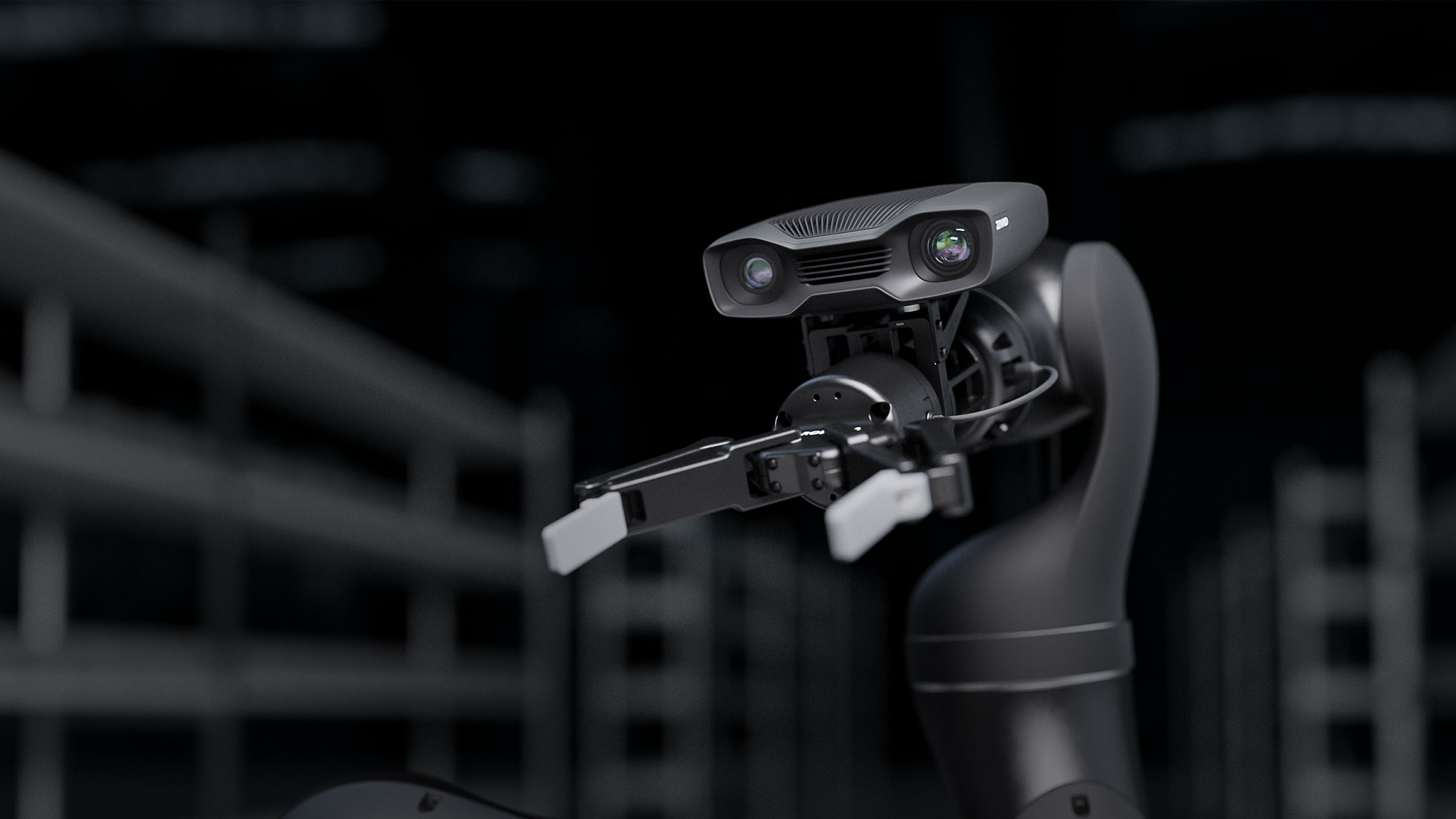5 Examples of Robot Guidance Applications with 3D Machine Vision
The use of machine vision for robot guidance offers new possibilities. Robot guidance systems with 3D vision are about taking robots and automation to a new level of capability. This system unleashes innovation in areas where robots were previously uncommon: gluing, welding, material handling, sanding, or surface finishing are some of the many difficult manipulation tasks robot guidance systems can now perform. Here are 5 examples of vision-guided robotics applications illustrating the capabilities of 3D vision.
Robotic welding
Welding is a prime use of robot guidance techniques. Robots with visual acuity can follow weld seams with greater accuracy and speed than human welders. They can also work without pause which human welders are not permitted to do. With high-quality 3D vision, they can perform repairs of metallic parts such as form molds that would be challenging for a human welder.
RAMLAB's automated welding system:
Additive Manufacturing
New metallic additive manufacturing processes such as WAAM enable fast, superior quality manufacture of complex metallic parts such as ship propellers and heavy press forms. This is an operation that is beyond human capability and has seen its advent due to the availability of robot guidance technology and systems.
Sanding
Sanding produces a considerable amount of airborne particles during the process. Sawdust is a problem if ingested, but some composite and fiber materials can be extremely hazardous if deposited in the lungs or eyes. Operators must wear a considerable amount of protection to perform such tasks. Even the most skilled tradesperson has a limited level of ‘feel’ for achieving accurate and consistent surface coverage when performing these tasks. Guided robots can be accurate to sub-millimeter levels.
Scan&Sand™ in high-quality, complex, skilled sanding and finishing operations:
Assembly
Automated assembly has high demands for fine-grained accurate operations across the process. Whether it is fastening a screw or a bolt, or insertion of an item or connector, there is little tolerance for error. The tasks involve human levels of dexterity where parts must be singulated and grasped. These fine motor skills are reliant on the performance and quality of the 3D vision system. High precision is important, but of most importance is very high degree trueness, meaning seeing things as they really are, and where they really are.
CMES fuses deep learning with a machine vision camera to change the face of automotive assembly:
On-the-Fly Maintenance
On-the-fly maintenance is about performing strenuous, difficult and sometimes dangerous maintenance tasks that using a human would do. Sometimes a human performing these tasks would need the aid of additional machinery such as hydraulic/pneumatic lifts, forklift trucks, or similar. In a robot guidance setting, a large industrial robot or a collaborative robot performs these tasks aided by a 3D vision system attached to the arm of the robot.
RoboTire shows off tire-changing technology using Zivid Two's 3D machine vision:
Want to learn more about Robot Guidance applications using Machine Vision?
You May Also Like
These Related Stories

3 Innovations in Robotic Manufacturing that are Changing Automated Assembly

Impact of 3D vision in vision-guided robotic applications



